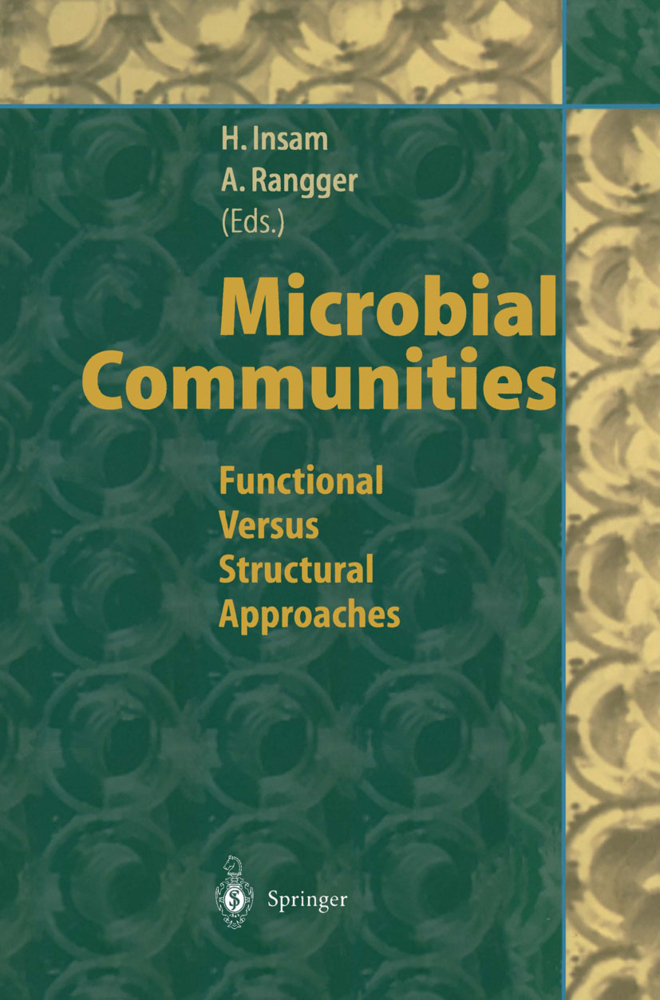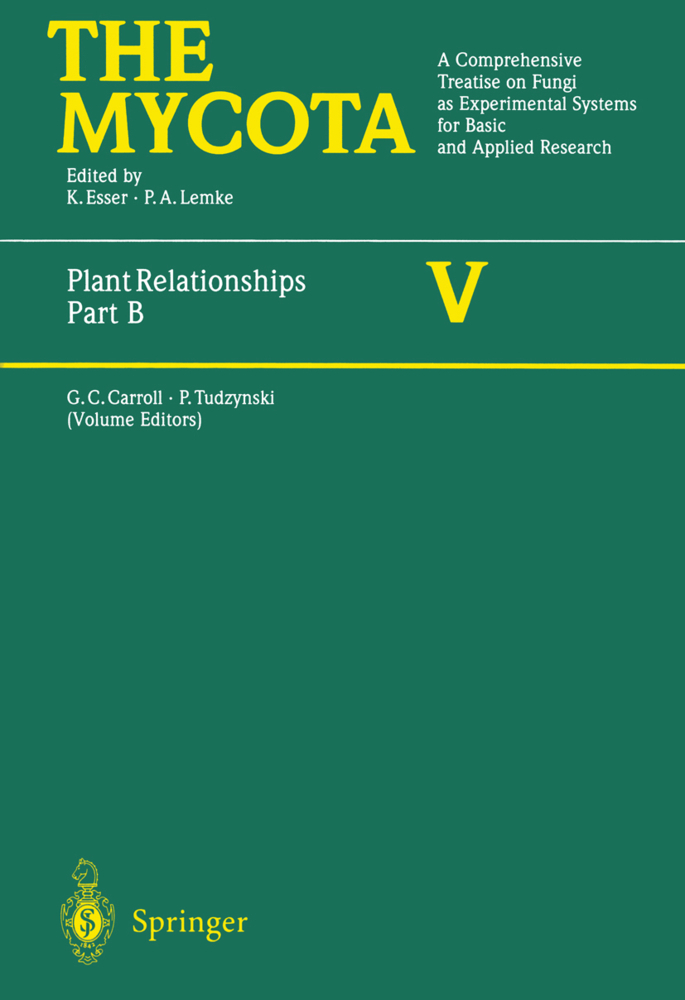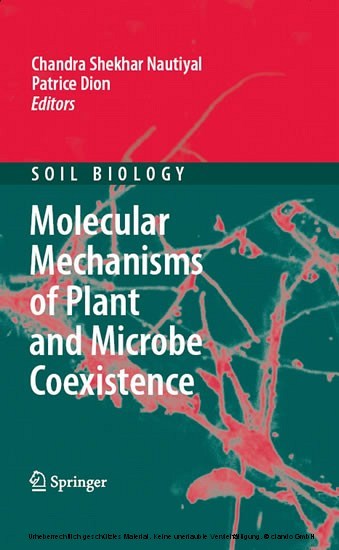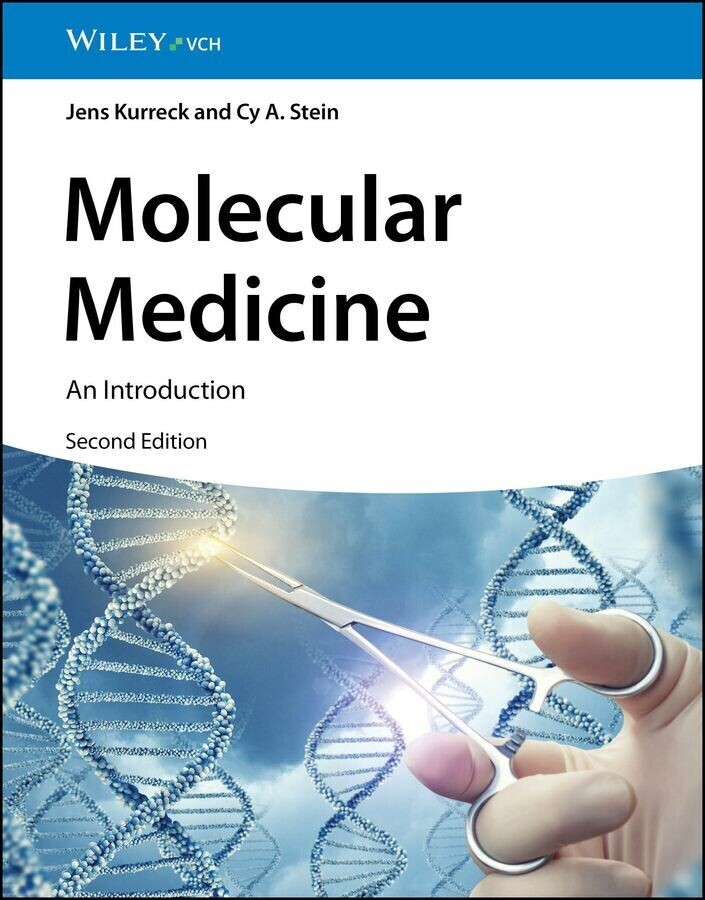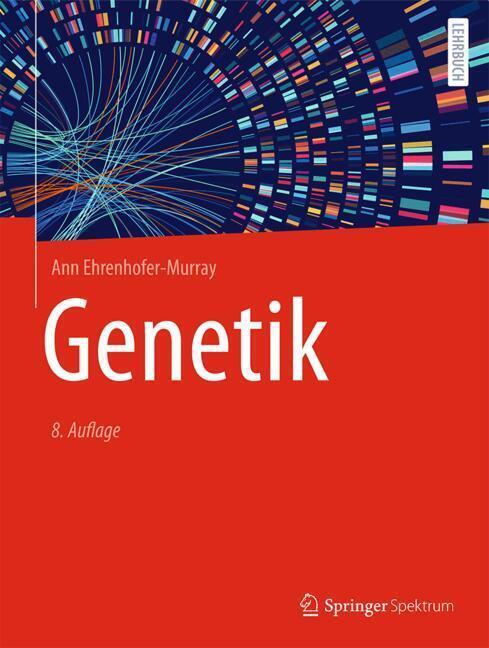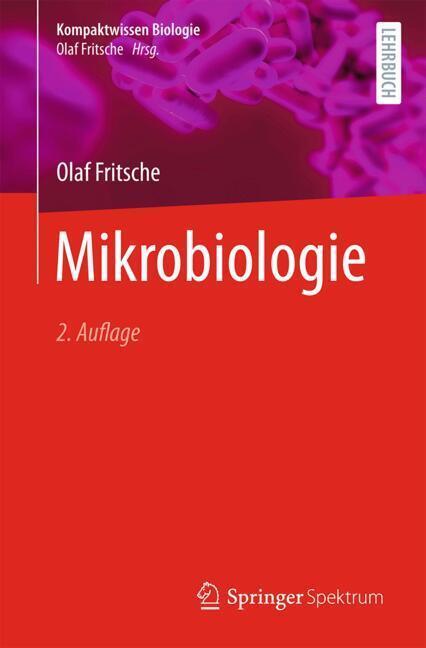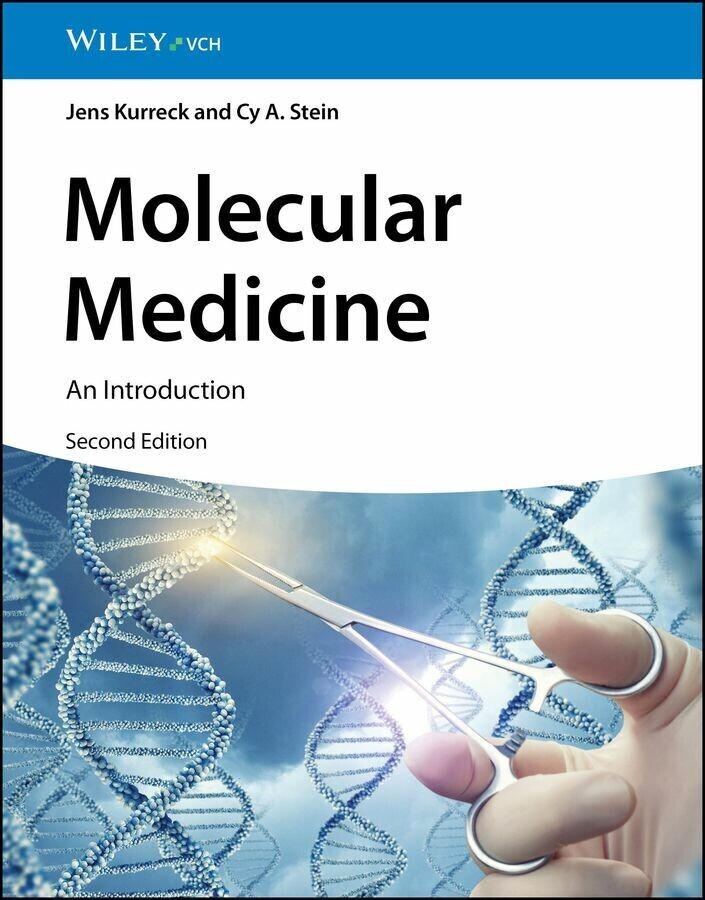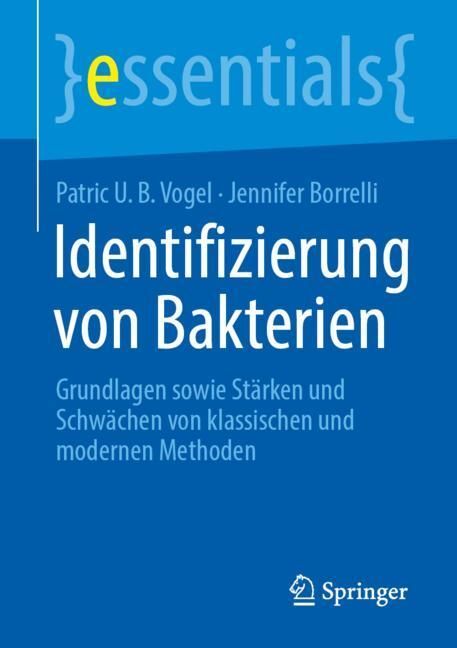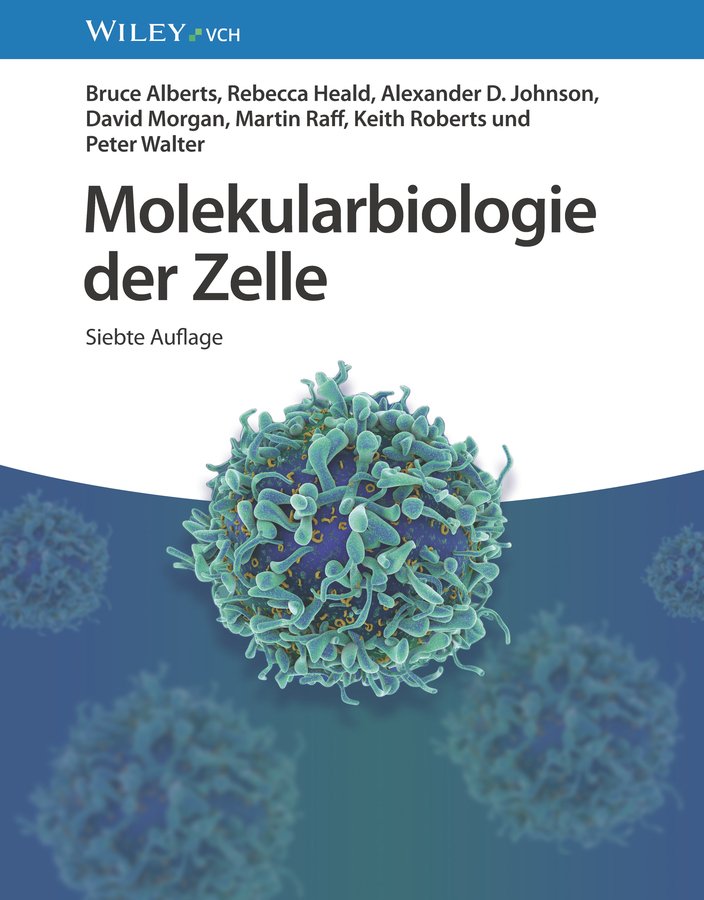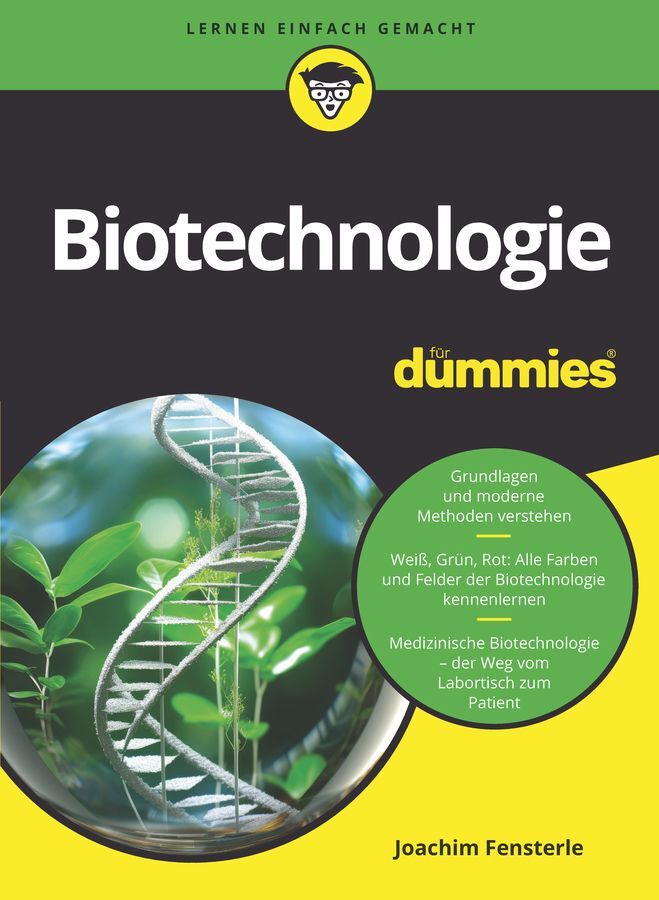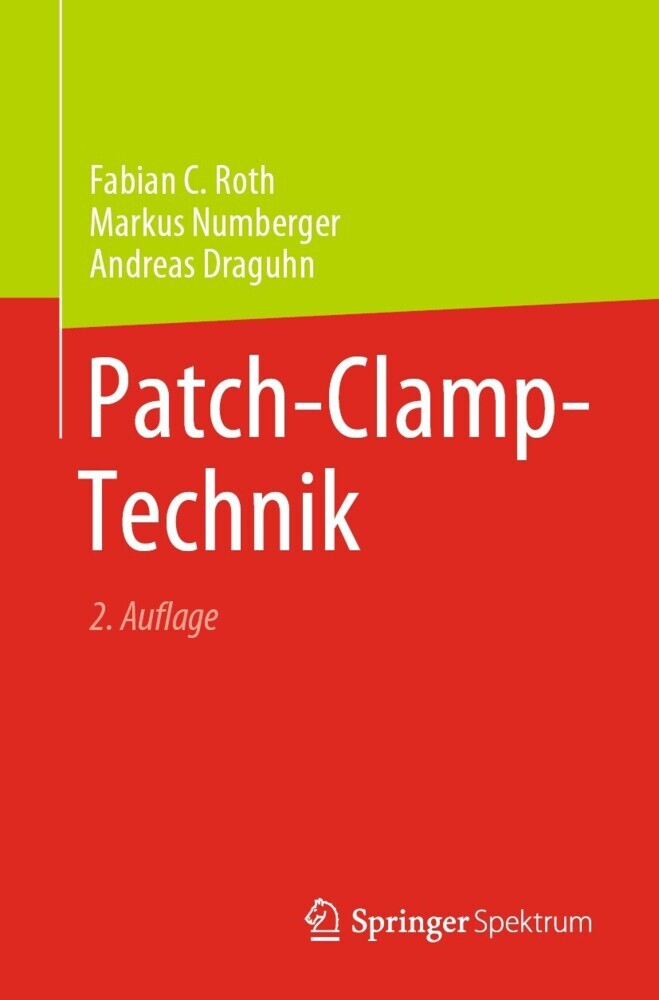Microbial Communities
Functional Versus Structural Approaches
Microbial Communities
Functional Versus Structural Approaches
Research on decomposer communities of terrestrial ecosystems for a long time has focussed on microbial biomass and gross turnover parameters. Recently, more and more attempts are made to look beyond the biomass, and more specifically determine functions and populations on a smaller scale-in time and space. A multitude of techniques is being improved and developed. Garland and Mills (1991) triggered a series of publications on substrate utilization tests in the field of microbial ecology. Despite several promising results for different applications in different laboratories, many problems concerning the assay and the interpretation of results became evident. After individual discussions on the approach with colleagues from various laboratories we started to plan a workshop on the matter. The response on our first circular was extraordinary, and instead of a small workshop it became a meeting with almost 150 participants. The meeting was named 'Substrate use for characterization of microbial communities in terrestrial ecosystems' (SUBMECO) and was held in Innsbruck, Austria, from Oct. 16-18, 1996. The very focussed scope attracted enthusiastic advocates of the approach, and also serious critics. Some of the topics concerned improvements of current inoculation and incubation techniques, ranging from sample pre-treatment, inoculum density and incubation temperature to statistical data handling. New methods for calculating microbial diversity were proposed, as well as bootstrap methods that allow statistics with many variables on a relatively low number of replicates.
Phenetic and Genetic Analyses of Bacterial Populations in Fermented Food and Environmental Samples
Comparison of Biolog and Phospholipid Fatty Acid Patterns to Detect Changes in Microbial Community
Combined Application of Biolog and MIS/SHERLOCK for Identifying Bacterial Isolates from Hydrocarbon-polluted Argentinian Soils
Diversity of Anthropogenically Influenced or Disturbed Soil Microbial Communities
Impact of Fertilizers on the Humus Layer Microbial Community of Scots Pine Stands Growing Along a Gradient of Heavy Metal Pollution
Disturbances and their Influence on Substrate Utilization Patterns in Soil Microbial Communities
Evaluation of Remediation by Community-Level Physiological Profiles
Carbon Source Utilization by Microbial Communities in Soils under Organic and Conventional Farming Practice
Characterization of Microbial Communities in Agroecosystems
Different Carbon Source Utilization Profiles of Four Tropical Soils from Ethiopia
Fallow Age Influences Microbial Functional Abilities, Soil Properties and Plant Functional Groups
Substrate Utilization Patterns of Extractable and Non-Extractable Bacterial Fractions in Neutral and Acidic Beech Forest Soils
Biolog Metabolic Fingerprints for Clustering Marine Oligotrophic Bacteria from Polar Regions
The Influence of Microbial Community Structure and Function on Community-Level Physiological Profiles
Strain and Function Stability in Gnotobiotic Reactors
Biolog Substrate Utilisation Assay for Metabolic Fingerprints of Soil Bacteria: Incubation Effects
A Novel Approach for Assessing the Pattern of Catabolic Potential of Soil Microbial Communities
Chirality is a Factor in Substrate Utilization Assays
Analysis of the Bacterial Community according to Colony Development on Solid Medium
The Complexity of the Flux of Natural Substrates in Soils: A Freeze-thaw can Increase the Formation of Ischemic or Anaerobic Microsites
Carbon Transformations During Substrate Utilization by the Microbial Community in an Organic Soil: A Solid-State NMR Study
Ammonification of Amino Acids in Field, Grassland and Forest soils
A New Set of Substrates Proposed for Community Characterization in Environmental Samples.
Relationship between Functional Diversity and Genetic Diversity in Complex Microbial Communities
Use of Molecular Probing to Assess Microbial Activities in Natural EcosystemsPhenetic and Genetic Analyses of Bacterial Populations in Fermented Food and Environmental Samples
Comparison of Biolog and Phospholipid Fatty Acid Patterns to Detect Changes in Microbial Community
Combined Application of Biolog and MIS/SHERLOCK for Identifying Bacterial Isolates from Hydrocarbon-polluted Argentinian Soils
Diversity of Anthropogenically Influenced or Disturbed Soil Microbial Communities
Impact of Fertilizers on the Humus Layer Microbial Community of Scots Pine Stands Growing Along a Gradient of Heavy Metal Pollution
Disturbances and their Influence on Substrate Utilization Patterns in Soil Microbial Communities
Evaluation of Remediation by Community-Level Physiological Profiles
Carbon Source Utilization by Microbial Communities in Soils under Organic and Conventional Farming Practice
Characterization of Microbial Communities in Agroecosystems
Different Carbon Source Utilization Profiles of Four Tropical Soils from Ethiopia
Fallow Age Influences Microbial Functional Abilities, Soil Properties and Plant Functional Groups
Substrate Utilization Patterns of Extractable and Non-Extractable Bacterial Fractions in Neutral and Acidic Beech Forest Soils
Biolog Metabolic Fingerprints for Clustering Marine Oligotrophic Bacteria from Polar Regions
The Influence of Microbial Community Structure and Function on Community-Level Physiological Profiles
Strain and Function Stability in Gnotobiotic Reactors
Biolog Substrate Utilisation Assay for Metabolic Fingerprints of Soil Bacteria: Incubation Effects
A Novel Approach for Assessing the Pattern of Catabolic Potential of Soil Microbial Communities
Chirality is a Factor in Substrate Utilization Assays
Analysis of the Bacterial Community according to Colony Development on Solid Medium
The Complexity of the Flux of Natural Substrates in Soils: A Freeze-thaw can Increase the Formation of Ischemic or Anaerobic Microsites
Carbon Transformations During Substrate Utilization by the Microbial Community in an Organic Soil: A Solid-State NMR Study
Ammonification of Amino Acids in Field, Grassland and Forest soils
A New Set of Substrates Proposed for Community Characterization in Environmental Samples.
| ISBN | 978-3-642-64511-2 |
|---|---|
| Artikelnummer | 9783642645112 |
| Medientyp | Buch |
| Copyrightjahr | 2011 |
| Verlag | Springer, Berlin |
| Umfang | IX, 263 Seiten |
| Abbildungen | IX, 263 p. |
| Sprache | Englisch |

